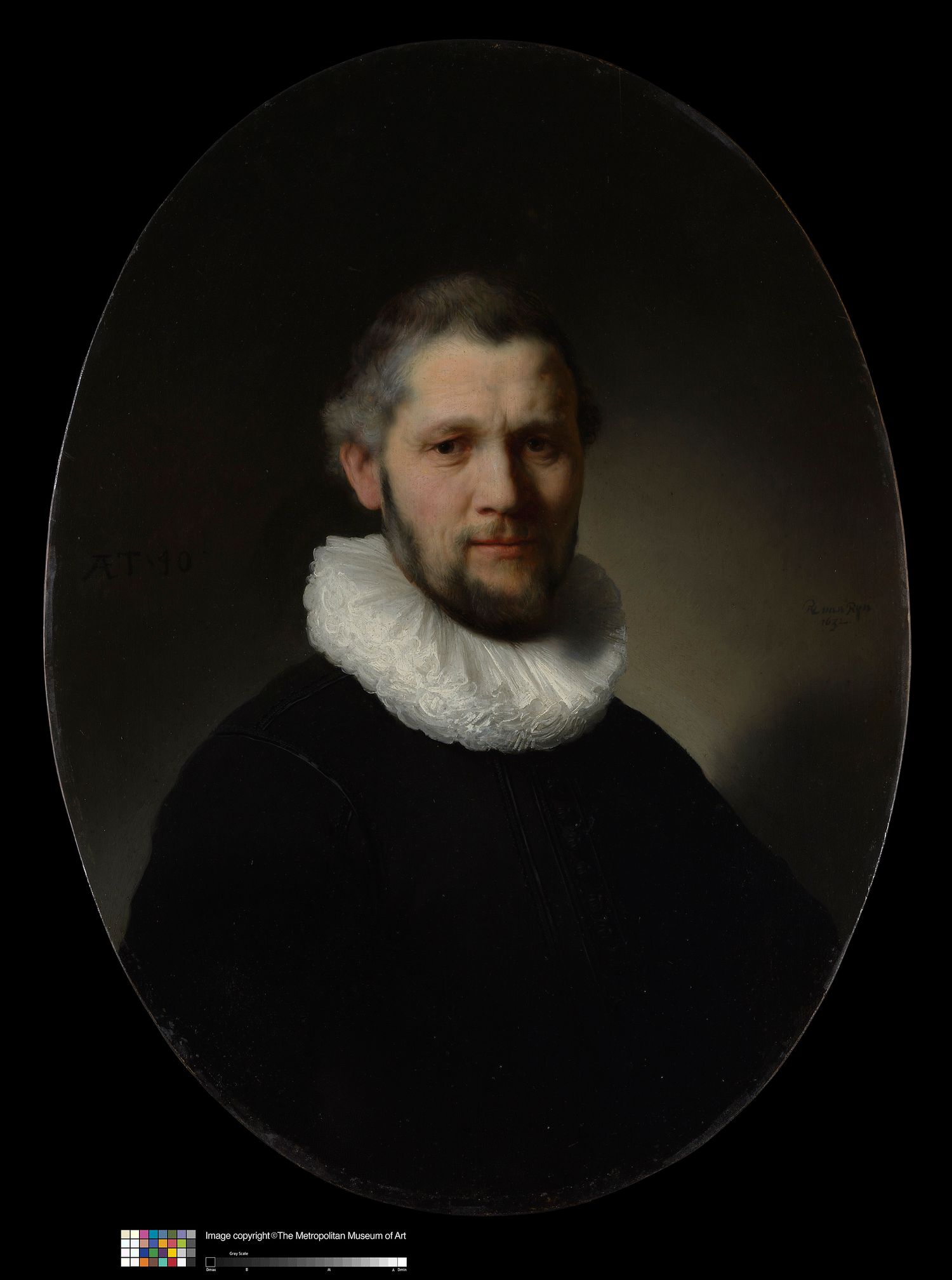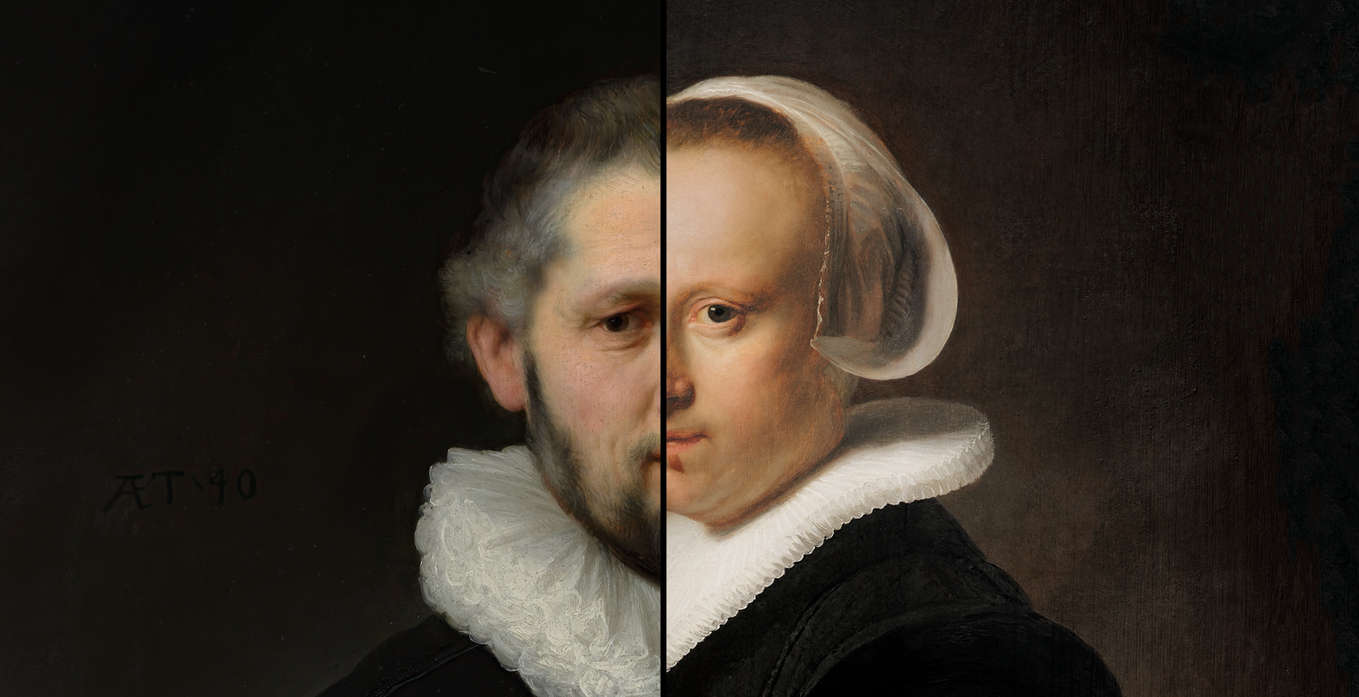In Denmark, two Rembrandt paintings reunited for the first time in 223 years
In Denmark, an exhibition brings together, after a full 223 years, a pair of portraits by Rembrandt (Rembrandt Harmenszoon van Rijn; Leiden, 1606 - Amsterdam, 1669) that were together but were later separated in 1801. The two works were previously in the same private collection, and they are being brought together for the first time in 223 years as part of a research project that seeks to prove or disprove whether Rembrandt originally painted the two portraits as a pair. They are the Portrait of a 39-year-old Woman, from the Nivaagaards Malerisamling (Nivaagaard Painting Collection) in Copenhagen, and the Portrait of a 40-year-old Man, which now belongs to the Metropolitan Museum of Art in New York. The reunion of the two paintings takes place as part of the exhibition-focused Rembrandt Reunited scheduled just at the Nivaagaard Collection from Sept. 3 to Nov. 10, 2024.
The question is: Did Rembrandt paint the two portraits as husband and wife in 1632, as has been suggested throughout history, or did they simply belong to the same collection when they were sold separately in Paris in 1801, but were born separate? The exhibition promises to solve the riddle, offering researchers and art historians a chance to come together to compare the results of numerous technical analyses and archival documents, as well as, of course, to examine the two portraits side by side for the first time. There will be a moment reserved for scholars on September 2, the day the international research seminar will be held, after which the exhibition will be opened to the public.


The history of the two paintings
120 years ago Johannes Hage, a landowner in Nivå, Denmark, purchased a Rembrandt titled Portrait of a 39-year-old Woman from 1632, which can be seen today in the Nivaagaard Collection. Throughout history it has been repeatedly suggested that the work may have been a counterpart to the same artist’s male portrait, the Portrait of a 40-Year-Old Man, which as mentioned belongs to the Metropolitan Museum of Art in New York. Against the backdrop of the current research project in the Collection’s Dutch Baroque collection, numerous studies have been conducted in recent years to solve the riddle of the connection between the two works. The studies have been led by Dr. Angela Jager of the RKD-Dutch Institute for Art History, and Rembrandt specialist Jørgen Wadum, as a specialized consultant, The Metropolitan Museum of Art in New York has also agreed to lend its works to the Nivaagaard Paintings Collection in 2024, so that it will be possible to see Rembrandt’s works together again.
The results of the latest research, combined with an art-historical assessment of the paintings side by side after 223 years of separation, will finally lead to a truthful historiography about the two Rembrandt portraits that now live on opposite sides of the Atlantic. And museum visitors will have the opportunity to experience firsthand what is imagined to be the definitive writing of history.
Both works are painted on oak panels, are oval in shape, about the same size, and have almost identical inscriptions to the left and right of the figures. And then they were housed in the same private collection before being offered for sale in Paris in 1801. Ongoing research on the Nivaagaard Collection has, among other things, examined the female portrait by multispectral imaging, which confirmed the authenticity of the inscriptions. Scholars were puzzled, however, by noticing a subtle change in the format of the female portrait, which was increased by several centimeters all around. This addition covers all the edges of the original panel and made a traditional dendrochronological study of the three panels that make up the Nivaagaard work impossible. To compare the provenance of the oak panels and their character in Nivaagaard’s portrait with the male portrait in the Metropolitan Museum of Art, an extraordinary scan of the female portrait was performed. Researchers were thus able to see the annual rings of the oak planks, place their origin precisely in space and time, and compare the data with the datasets just evaluated by the Metropolitan’s experts.
However, the technical studies cannot stand alone; in fact, an art-historical evaluation is needed to compare the results of the scans, the nature of the inscriptions, the dendrochronological analysis of the oak panels on both paintings, and so on. Based on the analysis and provenance studies, researchers will be able to assess whether they are counterparts or not, after a new stylistic and compositional evaluation of the two paintings next to each other.
 |
| In Denmark, two Rembrandt paintings reunited for the first time in 223 years |
Warning: the translation into English of the original Italian article was created using automatic tools. We undertake to review all articles, but we do not guarantee the total absence of inaccuracies in the translation due to the program. You can find the original by clicking on the ITA button. If you find any mistake,please contact us.



























